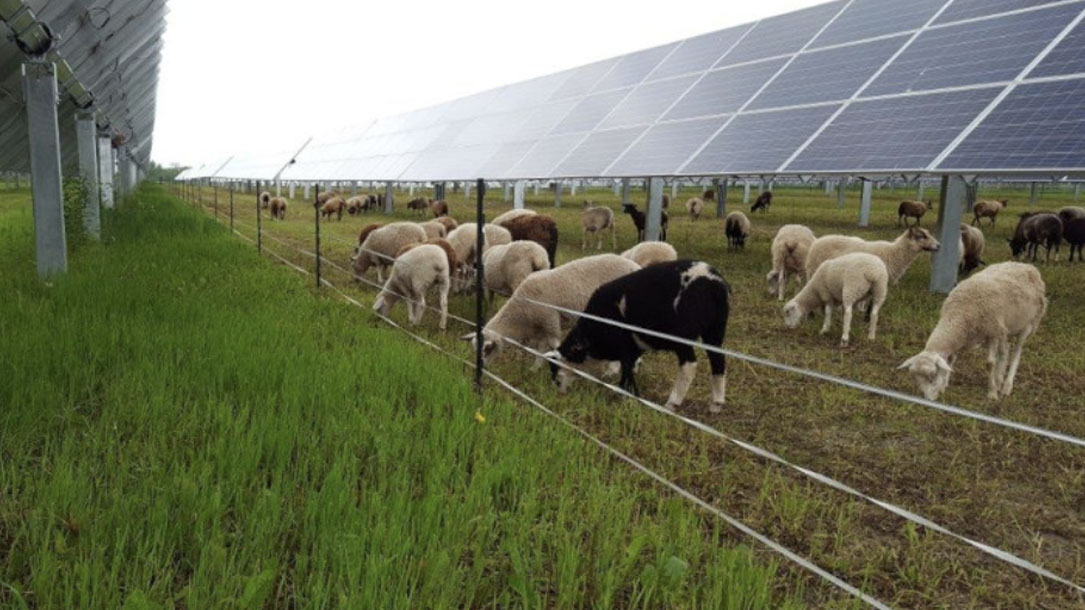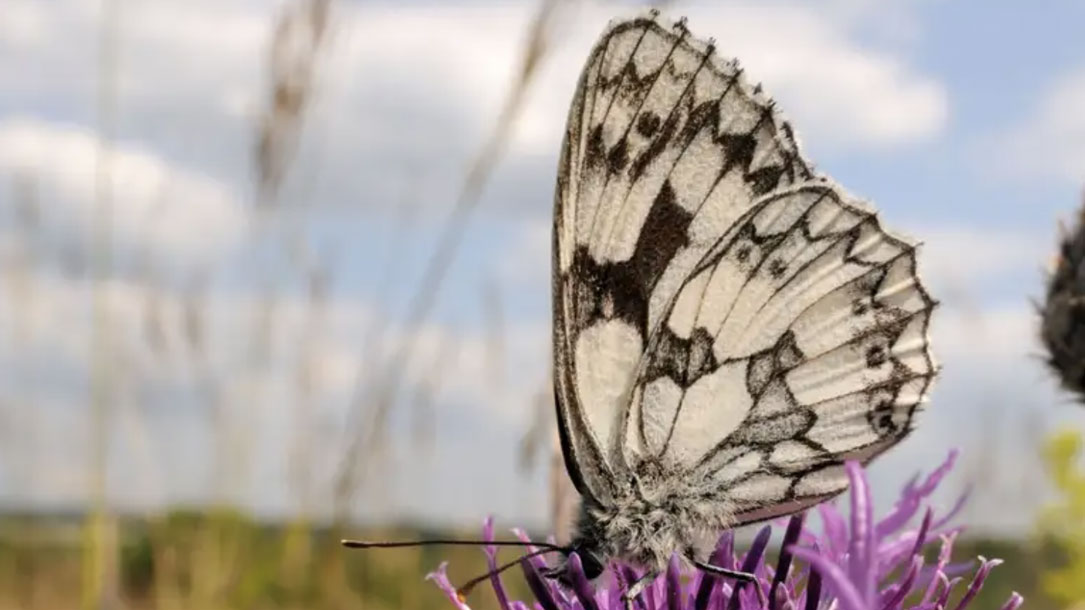Home > Climate News >

Minnesota research finds sheep grazing at solar sites actually improves soil quality
Research conducted in Minnesota over the past two years points to many beneficial aspects of grazing sheep at ground-mounted solar projects. What is assumed to be the largest solar sheep flock in the United States operates from the MNL grazing facility and has been grazing Enel’s 150-MW Aurora project since 2017. Soil samples from six of the projects were first taken in 2020 and again in 2021 with the preliminary results recently presented…

Air pollution makes it harder for pollinators to find plants
A field trial found that levels of nitrogen oxides and ozone similar to those near roads led to a 70 per cent drop in the numbers of bees and butterflies on mustard plants…

Hotter summer temperatures prompt fly fishing restrictions in Montana
In some areas, fishing has been temporarily prohibited on hot summer afternoons when the water is too warm.
“That’s a huge impact to fisheries and to the guiding community as a whole,” Hutcheson says. “There are operations…starting their guide trips at 5 a.m. so they can get off the water by 2, or they’re simply not taking people out during the hottest times of the year, which traditionally has been some of the best fishing”…

Land is a critical resource, IPCC report says
Land is already under growing human pressure and climate change is adding to these pressures. At the same time, keeping global warming to well below 2ºC can be achieved only by reducing greenhouse gas emissions from all sectors including land and food, the Intergovernmental Panel on Climate Change (IPCC) said in its latest report on Thursday.

Why rivers matter in a changing climate
Conditions on the Maine coast are rapidly changing. The Gulf of Maine is warming faster than 95% of the world’s oceans; sea level is expected to rise six feet in the next fifty years; some of our roads and bridges are already under water at high tide; storms are increasing in intensity and frequency.
Here’s the good news: according to a report released by the United Nations in 2019, land conservation is one of the most important and effective methods of reducing the negative impacts of climate change…

Natural Climate Solutions
You might appreciate how Pacific Forest Trust is talking about natural climate solutions as they relate to forests — and the work of the land trust.
Check out their website pages related to climate change. Let me know how your land trust is talking about natural climate solutions and how they are part of the overall climate work that needs to be done.

U.S. eyes wetland restoration as hedge against climate change
Researchers found that conserving existing wetlands, restoring 35 percent of marshes that have been impounded or drained, and allowing coastal wetlands to naturally migrate toward land as sea levels rise could create a substantial sink for CO2 and human-caused methane by 2050…

Rotational grazing revives the prairie
Foraging sheep, prairie plants, and soil health all benefited from a two-month experiment that allowed Chris Schmidt to rotationally graze on neighboring land enrolled in the federal Conservation Reserve Program (CRP).
The 45-acre prairie restoration was overdue for mid-contract maintenance… “Songbirds. Butterflies. Bees. All that stuff is intertwined one way or another. We can’t have one without the other. Increase that diversity not only in plants but wildlife,” Schmidt said of grazing the landscape…

Capped landfill becomes conservation land
“A capped landfill on the south side of Belchertown Road will become Amherst’s newest conservation land.
In what town officials say will be a unique conservation restriction held by Kestrel Land Trust, the 53-acre site on which residents once disposed of their household garbage will be permanently protected.”

Community forest, close to home
By conserving the Sanford Community Forest, Three Rivers Land Trust has protected one of the largest remaining natural areas within city limits from development. Land conservation like this safeguards ecological health, and ensures the availability of land for public recreation and traditional uses long into the future. The Community Forest also provides vital water quality protection in the Salmon Falls River watershed and carbon storage in its extensive forests, to slow down climate change…












